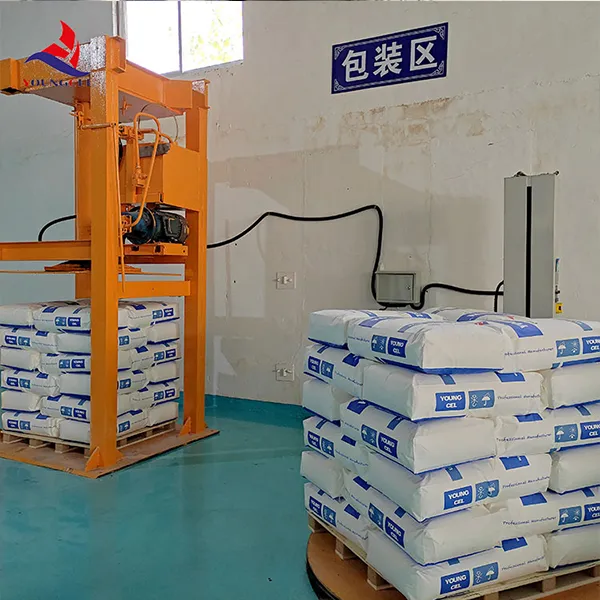Cellulose The Multifaceted Material of Nature
Cellulose is one of the most abundant organic polymers on Earth, primarily derived from the cell walls of plants. It is a complex carbohydrate, consisting of long chains of glucose units linked by β(1→4) glycosidic bonds. While it is most commonly associated with the structural integrity of plants, cellulose plays a significant role in various industries, contributing to the development of sustainable materials and green technologies.
Structure and Properties of Cellulose
Cellulose is an insoluble fiber that is not digestible by humans, but it is vital for the health of the digestive system. Its crystalline structure provides strength and resistance to degradation, making it ideal for various applications. The polymer chains can bond with each other through hydrogen bonds, creating microfibrils, which further aggregate into fibers.
The chemical stability and mechanical strength of cellulose make it suitable for a wide range of uses. Its hydrophilic nature allows it to retain water, providing moisture and enhancing the texture in food products. Moreover, cellulose is biodegradable, making it an environmentally friendly alternative to synthetic materials.
Industrial Applications
The versatility of cellulose has led to its utilization in numerous industries. One of the most significant applications is in the paper and pulp industry, where cellulose fibers are extracted from wood, cotton, and other plant materials. The production of paper involves breaking down the cellulose into a slurry, which is then formed into sheets and dried. Sustainable forestry practices are now increasingly emphasized to ensure the longevity of cellulose as a resource.
In addition to paper, cellulose derivatives such as cellulose acetate and carboxymethyl cellulose are used in textiles, food, and pharmaceuticals. Cellulose acetate is popular in the production of photographic films and eyeglass frames, while carboxymethyl cellulose serves as a thickening agent in food and as a stabilizer in cosmetics.
cellulose material

Role in Sustainable Development
The growing concern for environmental sustainability has led to a renewed interest in cellulose-based materials. As the demand for plastic alternatives increases, cellulose offers a renewable and biodegradable solution. Innovations in nanocellulose technology have opened up new horizons, allowing the creation of lightweight and strong materials that can be used in packaging, automotive, and construction industries.
Researchers are exploring ways to harness cellulose for advanced applications, such as biofuels, composites, and even nanotechnology. The use of cellulose as a feedstock for biofuels not only addresses energy needs but also contributes to reducing carbon footprints. Biodegradable plastics derived from cellulose are being developed to combat plastic pollution, enhancing the circular economy.
Challenges and Future Prospects
Despite its numerous benefits, cellulose also faces challenges. The extraction and processing of cellulose can be energy-intensive, and the production must be carefully managed to avoid deforestation and ecological imbalance. As technology advances, efforts are being made to develop more efficient and environmentally friendly methods for cellulose extraction.
The future of cellulose looks promising, especially as society shifts towards sustainable practices. The continuous exploration of cellulose derivatives and innovative applications in various fields holds the potential to revolutionize industries. With a growing consumer preference for eco-friendly products, cellulose is set to play a pivotal role in creating a sustainable future.
Conclusion
In conclusion, cellulose is not just a structural component of plants; it is a versatile and sustainable material that has significant implications for various industries. Its unique properties, coupled with its environmental benefits, make it an ideal candidate for addressing the challenges of modern society. As research and innovation continue to expand the potential applications of cellulose, it is clear that this natural polymer will remain at the forefront of sustainable development efforts for years to come.
-
Premium Detergent Grade HPMC Hydroxypropyl Methylcellulose ThickenerNewsSep.01,2025
-
Premium Detergent Grade HPMC Hydroxypropyl Methylcellulose: Superior Thickening & StabilityNewsAug.31,2025
-
HEC 100000 Hydroxyethylcellulose for Paint | Superior ThickeningNewsAug.30,2025
-
Wall Putty Rdp Powder Packaging DesignNewsAug.29,2025
-
Introduction to Hpmc Hydroxypropyl Methyl CellulosNewsAug.29,2025
-
Hpmc Industri Grade IntegrationNewsAug.29,2025




